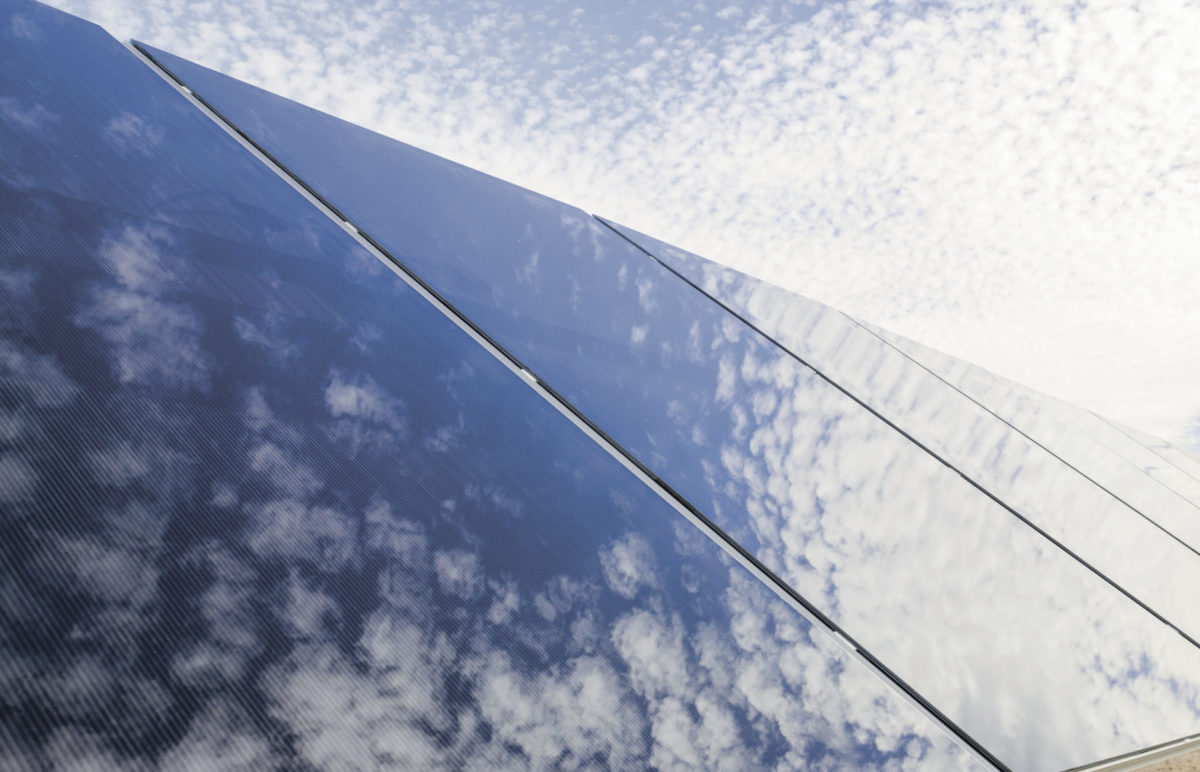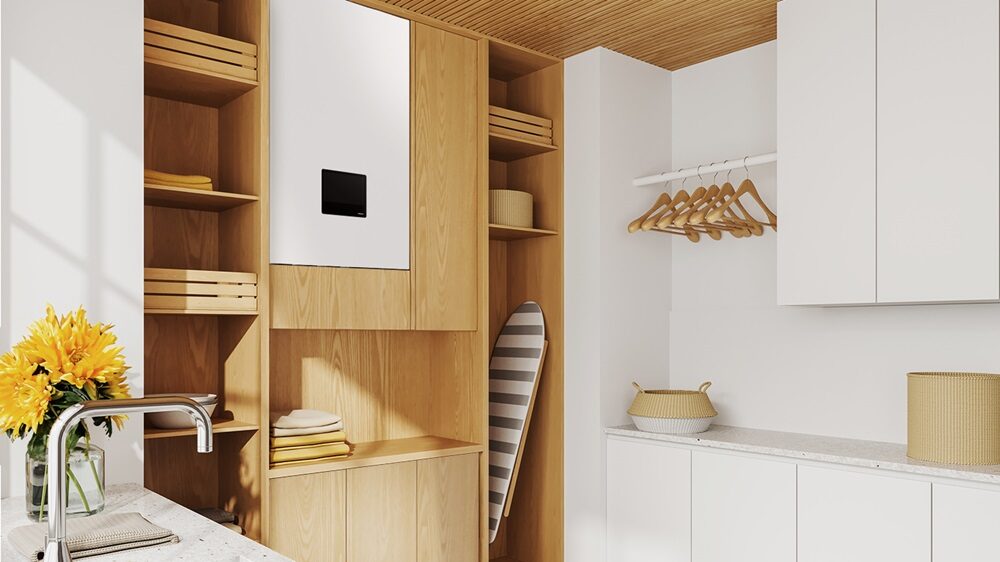From pv magazine USA
Rio Tinto plans to spend nearly $3 million on a facility to recover tellurium, a critical mineral used in solar panels, from its Kennecott mine near Salt Lake City, Utah. And First Solar said it is now in talks with the mining group to procure the mineral for cadmium telluride (CadTel) semiconductor processing in the United States.
The mineral is a byproduct of copper smelting. Rio Tinto said it expects to start production in the fourth quarter. Its Utah plant will be able to produce around 20 tons of tellurium per year.
First Solar uses a layer of CadTel semiconductor that is 3% the thickness of a human hair. It said that CadTel is efficient, cost-competitive, and fast to produce, helping it to make its modules in around 4.5 hours. First Solar said that CadTel technology has a carbon footprint that is around 2.5 times lower than crystalline silicon panels.
First Solar sources its CadTel from suppliers in the United States, Canada, and Europe. It declined to disclose quantities or names of suppliers, but said that Rio Tinto’s supply, if contracted, “could add to existing sources.”
For its part, Rio Tinto is looking to extract more from each rock it mines in order to reduce waste and meet demand for critical minerals.
Tellurium also can be used as an additive to steel and copper to improve machinability, making these metals easier to cut, as well as added to lead to increase resistance to sulfuric acid, vibration, and fatigue.
Kennecott’s smelting process in Utah also recovers gold, silver, lead carbonate, platinum, palladium, and selenium. Elsewhere, Rio Tinto is investing in facilities to extract battery-grade lithium from waste rock at its Boron, California, mine site, and scandium oxide from waste streams at a complex in Sorel-Tracy, Quebec.
This content is protected by copyright and may not be reused. If you want to cooperate with us and would like to reuse some of our content, please contact: editors@pv-magazine.com.




First Tellurium is actively exploring two locations for tellurium that were once owned by First Solar but sold to the geologists who worked for First Solar. Most of the tellurium comes as a byproduct of copper or other metals like gold.. First Tellurium will probably be the first primary mine of tellurium and soil sampling was completed last month.. The results from the laboratory is due around December 2022 with plans to drill at those two locatioins in 2023 to establish the amount of reserves of tellurium. What is not clear is why First Solar sold the two properties back in 2013. I suspect that First Solar was under financial pressure coming from heavy research expenditures to improve the yield of its CD TE solar panels from 11% to around 19% now. Also, First Solar was hobbled from its own utility solar farm development arm that saw uneven revenues from quarter to quarter that forced First Solar to get out of the development arm and focus on manufacturing CD TE solar panels alone.. First Solar underwent growing pains while managing to maintain modest profitability over the years. Competition from Chinese polysilicon manufacturing pushed the price for solar power that is another factor .. Currently, First Solar is enjoying huge backlog of orders for its CD TE solar panels that extends out to 2027 and later, but the question of adequate supplies of tellurium is still unclear. Ths is where First Tellurium might play a vital role in ensuring conitnued growth for First Solar with its two very interesting tellurium deposit locations.
First Tellurium stock price is still only 10 cents a share and its stock symbol is FSTTF OTC or FTEL CSE. First Tellurium was before called Deerhorn Capital till 2021 before changing its name.